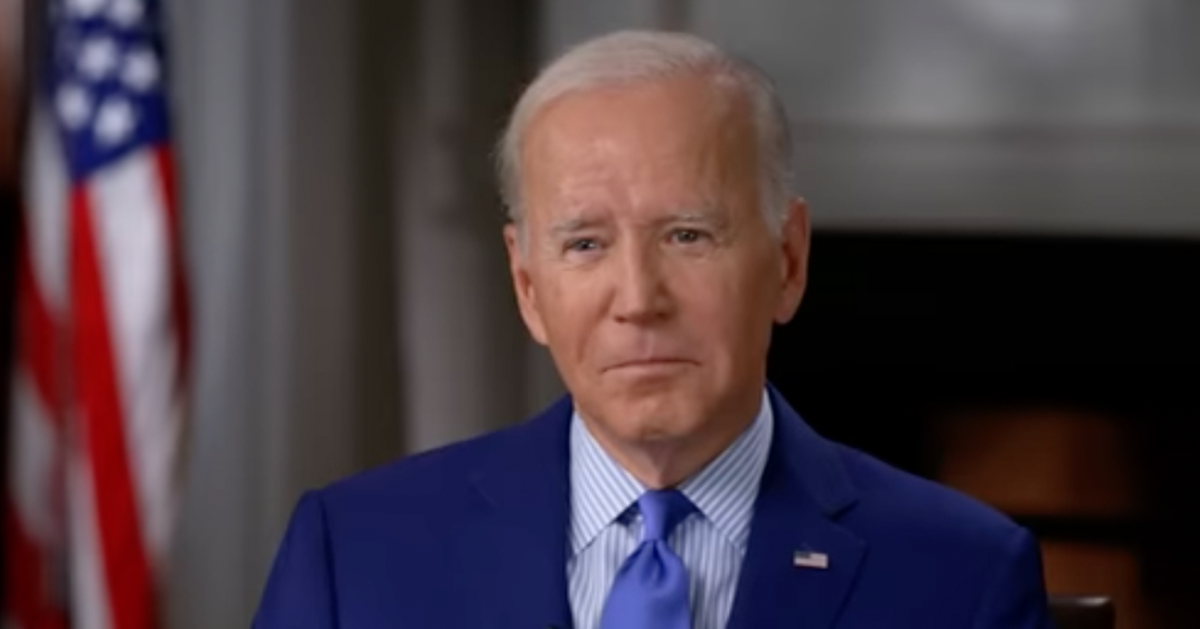Walz Defends Policy Allowing COVID-Positive Patients in Nursing Homes Despite High Death Toll
During the early stages of the COVID-19 pandemic, Minnesota’s long-term care facilities were disproportionately impacted by the virus, leading to a significant number of deaths among residents.
Under Gov. Tim Walz's leadership, a policy was implemented that allowed COVID-positive patients to be discharged from hospitals and transferred to nursing homes and assisted living facilities, and though the decision has since sparked intense scrutiny and criticism due to the high death toll in these facilities, he remains firm in his defense of those actions, with evidence about their details removed from public view, as Fox News reports.
Critics have argued that the policy contributed to the staggering statistic that over 80% of COVID-related deaths in Minnesota occurred in long-term care facilities.
The policy in question, which has since been removed from public-facing government websites and is now only accessible through archival resources like the Wayback Machine, outlined that patients with confirmed or suspected COVID-19 who required transmission-based precautions could be transferred to congregate living settings.
Policy Details Spark Controversy
According to the policy, the Minnesota Department of Health recommended that patients who were clinically indicated for discharge could be moved to nursing homes without the requirement to test negative for COVID-19 prior to leaving the hospital. This approach was intended to manage hospital capacity during a time of crisis but ultimately led to devastating consequences in nursing homes.
As of May 2020, over 80% of the state's COVID-19 deaths were reported among residents of these facilities. Governor Walz defended the policy, explaining that it was consistent with practices adopted in other states during the pandemic. He emphasized that the complexity of managing the crisis necessitated difficult decisions.
Nursing Homes Struggled With Limited Resources
Nursing homes reported significant challenges during this period, particularly in securing adequate personal protective equipment (PPE). Despite their vulnerability, these facilities were often deprioritized in the distribution of essential supplies.
The Minnesota Department of Health informed providers in April 2020 that the state’s emergency stockpile of N95 masks was reserved for hospital settings. Nursing homes were instructed to wait until their PPE supplies were critically low -- down to zero to three days -- before requesting additional resources.
In response, the state encouraged nursing homes to rely on nonmedical cloth masks and seek donations from local communities. This lack of sufficient resources for nursing homes was a widespread issue, not just in Minnesota but across the country.
Families Left in the Dark as Loved Ones Died
The impact of these policies extended beyond the facilities themselves, affecting families who were often left uninformed about the COVID-positive status of their loved ones. Many were unable to say goodbye as the virus claimed lives within these vulnerable populations.
The Walz administration discouraged families from removing their loved ones from nursing homes during the pandemic, despite the rising death toll.
This recommendation was formalized in Executive Order 20-99 by the Minnesota Department of Health, which strongly advised against bringing residents of long-term care facilities home, regardless of whether they had been diagnosed with COVID-19. This guidance mirrored policies in other states, such as New York, where similar directives led to widespread controversy and debate.
Expert Analysis on Nursing Home Neglect
The broader issue of nursing home neglect during the pandemic was highlighted by experts like David Grabowski, a health care policy professor at Harvard Medical School. In April 2020, Grabowski pointed out the glaring disparity in resource allocation, noting that nursing home residents accounted for roughly half of the COVID-19 deaths but received only a fraction of the attention and resources that hospitals did.
Grabowski’s observations underscored a critical failure in the response to the pandemic, where the most vulnerable populations were not adequately protected. This lack of support contributed to the tragic outcomes seen in Minnesota and other states with similar policies.
Conclusion: A Controversial Legacy
Gov. Tim Walz’s decision to allow COVID-positive patients into long-term care facilities remains a deeply contentious issue. The policy, which mirrored those in other states, was intended to manage hospital capacity but led to devastating consequences in nursing homes.
With over 80% of Minnesota’s COVID-19 deaths occurring in these facilities, critics argue that the state’s approach neglected the needs of its most vulnerable residents. The controversy highlights the broader issue of resource allocation and the difficult decisions made during an unprecedented global crisis.
In summary, the high rate of deaths in Minnesota's long-term care facilities during the COVID-19 pandemic has raised significant concerns about the state’s policies and the allocation of resources.
The decision to discharge COVID-positive patients into nursing homes has been defended by Walz but continues to face criticism for its impact on vulnerable populations. The legacy of this policy will likely be debated for years to come.






